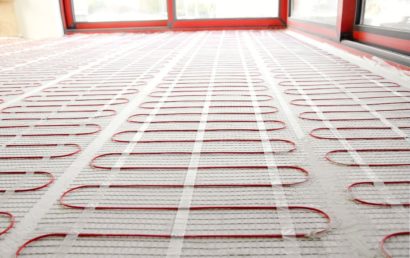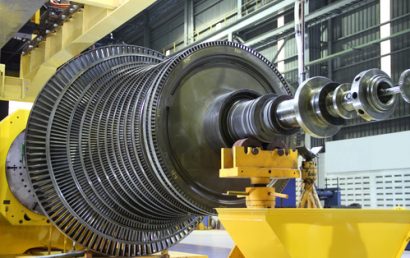Industry Spotlight: Wind Energy
The whole world is now aware of wind energy. It is without a doubt high on the list of forms of sustainable energy. It is also recognized as an energy that is fully renewable. Nation after nation continues to steer away from other forms of power to make the move to power generation via one of the most natural resources available – the wind. And they are doing so in order to supply their main power resources.
But as ideal of an energy source as the wind is, the industry is not without its challenges. It faces some of the hardest environmental conditions known to man. Among these are atmospheric pollution, hail, and dust. Components involved in the wind energy industry must be able to resist wear and corrosion. In order to assure continued workability, those involved in this method of power generation must take measures to protect their equipment. With wind energy as a major source of power, they can ill afford breakdowns or lengthy and expensive downtimes for maintenance repairs.
Applications for the Wind Energy Industry
Wind turbines consist of many movable parts and components. A great number of those parts are exposed to the elements each and every day – all day and night. Some of the components and parts involved are as follows:
- Rotor blades
- Wind vane
- Anemometer
- Tower
- Cooling unit
- Hydraulics system
- Electronic controller
- Yaw mechanism
- Electrical generator
- Mechanical brake with high-speed shaft
- Gearbox
- Low-speed shaft
- Hub
- Rotor blades
- Nacelle
Within the generator of wind turbines, you will find: controllers, gearboxes, grid connection, variable slip, machines, and more.
So as you can see, there are multitudes of things that can go wrong just from general usage. Add to that the challenges that the environment poses, and you have a recipe for disaster. This is why thermal coating is such an essential part of keeping wind turbines running at peak performance.
Thermal Spray Processes Often Utilized for the Wind Energy Industry
Where this industry is concerned, there are a number of coating applications that can be beneficial. A couple of those are highlighted below.
Wear Resistance For Various Components: i.e.,Bearings – components such as bearings are constantly exposed to friction or rubbing. With this in mind, mechanical wear can be greatly lessened with the proper wear-resistant materials. These can be applied through coating processes such as HVOF or Plasma. Not only will these coatings lesson wear from galling and rubbing, but they will also in many cases add quick release and corrosion properties that can additionally lessen component contained friction.
Exposed Components Corrosion Resistance – as previously stated, wind turbines and their many parts and components are constantly being exposed to atmospheric threats and normal wear. Additionally, these turbines are made of strong, albeit lightweight materials. Unfortunately, because they are lightweight, they are also more likely to be subjected to environments that are severely corrosive. A thermal spray process referred to as Electric Arc should be used here to apply coatings of zinc-aluminum alloy, solely aluminum, or just zinc. This will lead to a longer component life expectancy and lessen its chances of corrosion.
In the world of thermal spraying technologies, A&A Coatings weighs in with more than 70 years of experience in the application of numerous kinds of thermal coatings and processes. We are a name that is trusted throughout multiple industries.
If you would like to discover the advantages of working with A&A Coatings, contact us today. We have many applications that can be of great benefit to the wind energy industry.



